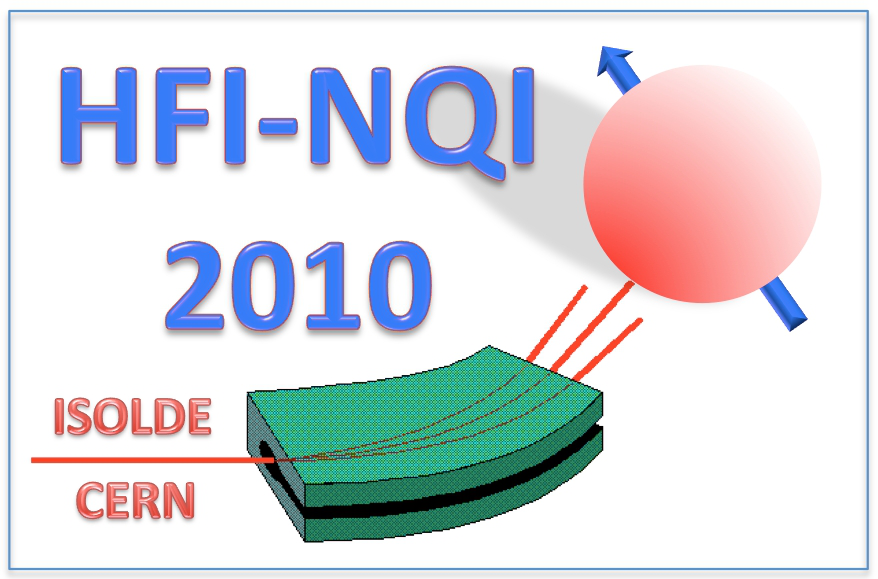Speaker
Description
Summary
1,4-benzoquinonedioximes are known for their use in industry and other applications[1]. They are effective non-sulfur vulcanizing agents for natural and synthetic elastomers. Additionally, their metal complexes have generated significant industrial and theoretical interest. This study examines the 14N NQR data for a series of 1,4-benzoquinone-dioximes: unsubstituted, mono-, di- and tri-methyl substituted. The results show that as more methyl substituents are added to the ring a shift in the NQR values are observed. Comparison of unsubstituted and tri-substituted benzoquinonedioximes (Table 1) shows that the quadrupole coupling constant () increases by about 1000 kHz and the asymmetry parameter () decreases from 0.7 to 0.3. Ab-initio calculations show that for the unsubstituted compound hydrogen bonding between oxime groups and pi-ring stacking is possible which cannot be accommodated for in heavily methyl substituted dioximes and this is responsible for the differences in the NQR parameters.
Table 1: 14N NQR data for the 1,4-benzoquinonedioximes
Compound 0(kHz) -(kHz) +(kHz) (kHz)
1,4-benzoquinone 1654 2673 4360 4689 0.706
dioxime 1654 2712 4360 4715 0.702
trimethyl-1,4- 950 3750 4700 5633 0.337
benzoquinonedioxime
Double resonance cross relaxation [2] was used to record the 14N NQR data. The ab-initio calculations were performed using GAMESS [3].
References
[1] http://chemicalland21.com/specialtychem/perchem/p-QUINONE%20DIOXIME.htm (last accessed 04-28-10)
[2] D. Stephenson and J. A. S. Smith, Proc R Soc Lond A 416, 149 (1988).
[3] M. W. Schmidt et al., J. Comput. Chem. 14, 1347 (1993).
| Please specify whether you would prefer an oral or poster contribution. | Poster |
|---|
